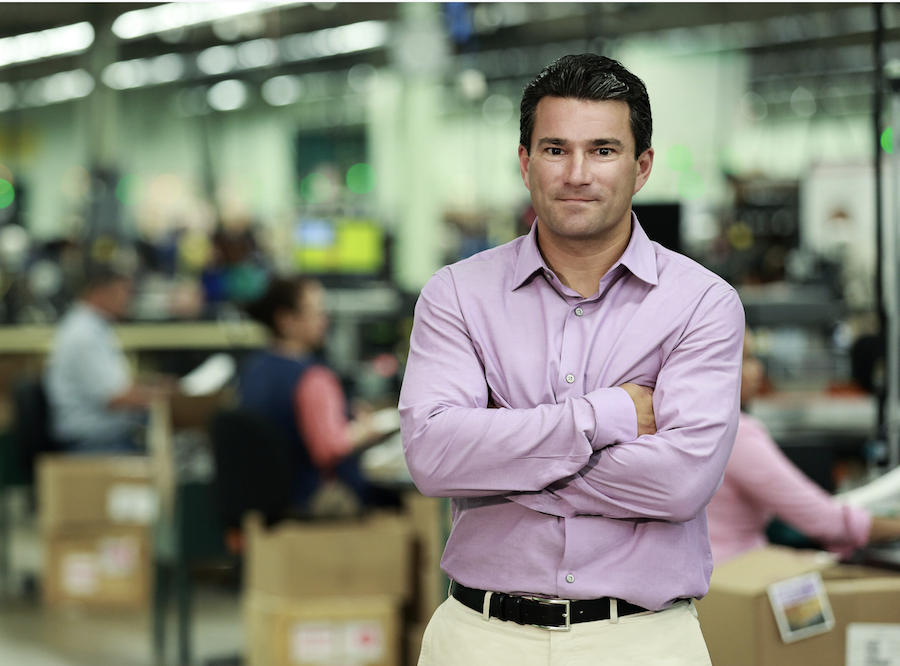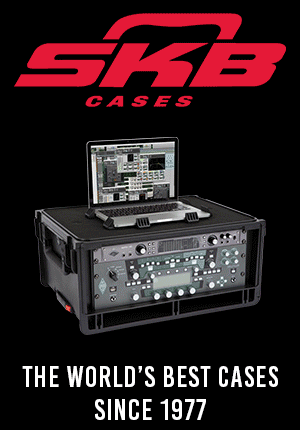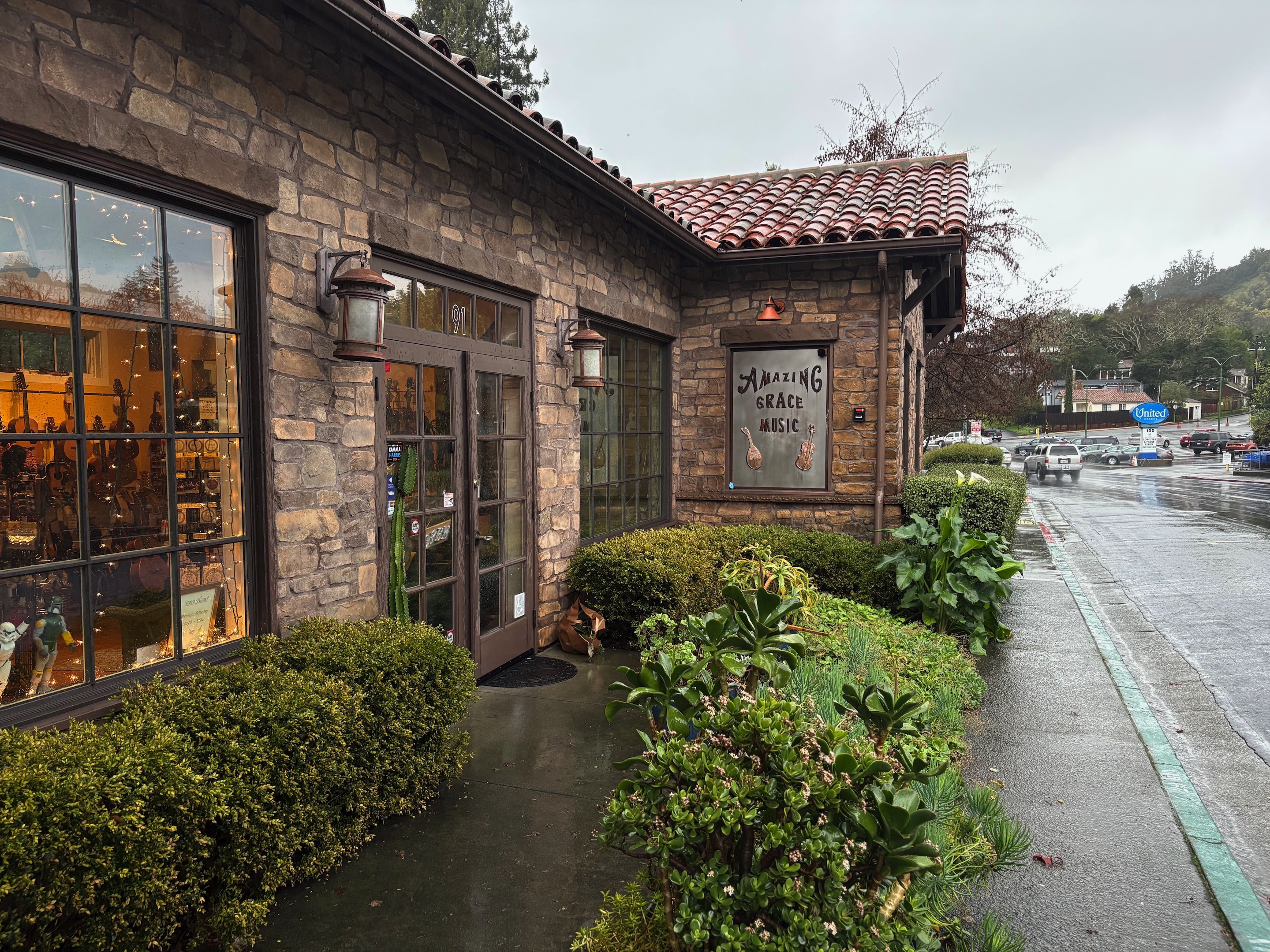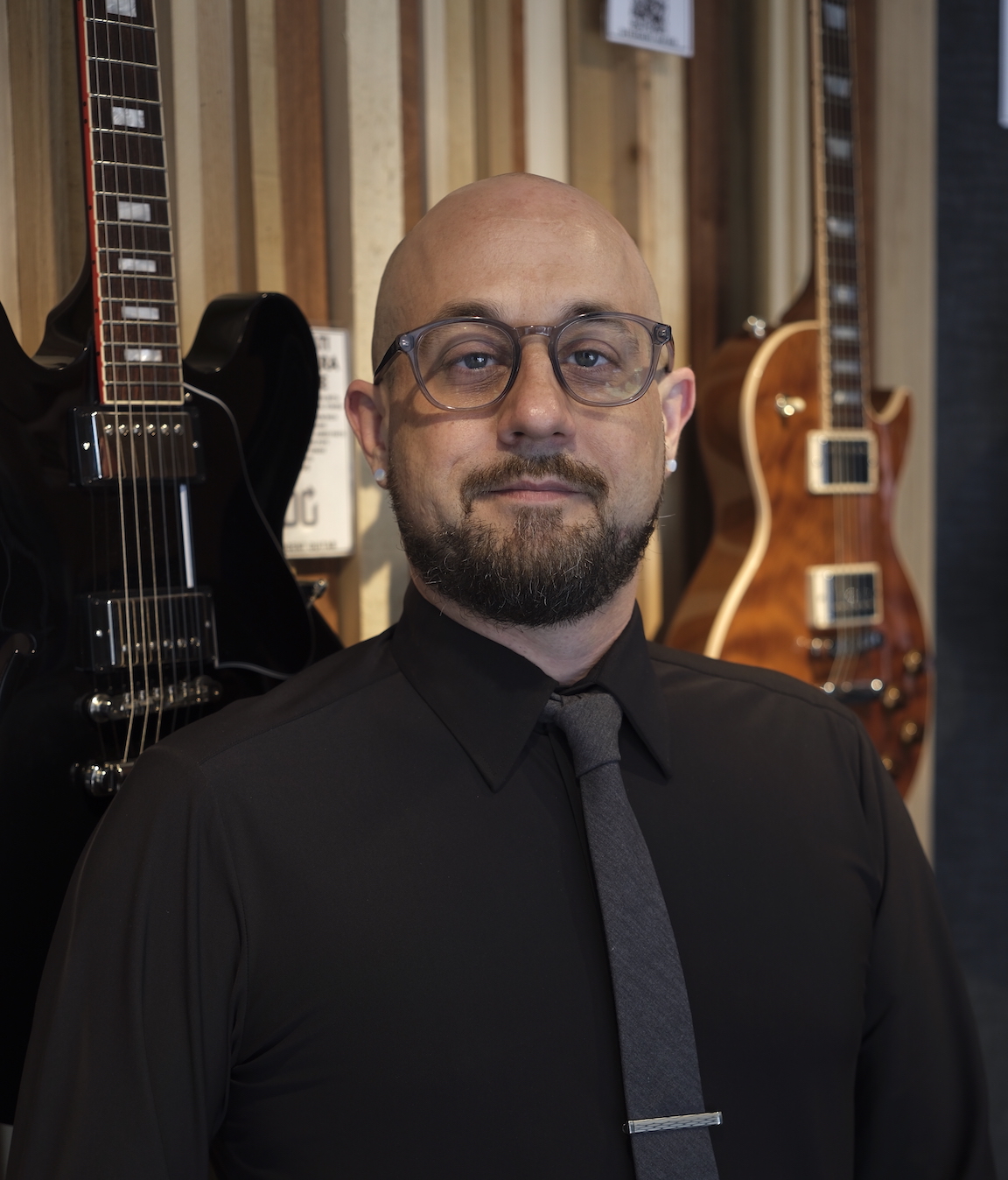
John D’Addario III
Retailers polled for the Supplier Excellence Awards praised D’Addario for doing so much, so well during troubled times. But its CEO John D’Addario III still sees room for improvement.
“I have to admit, we’re a continuous improvement culture and far from satisfied with what we were able to do,” D’Addario III said. “We think we can do even better.”
In mid-March, D’Addario’s factories in New York, California and Texas were shut down, putting the company’s manufacturing out of commission until late May — two-and-a-half months of lost productivity in supply.
“What was interesting is the factories were closed, but our distribution center in Melville, [New York], was actually deemed an essential service,” D’Addario III said. “So what we ended up doing [was] continue to supply retailers and distributors all over the world, but we weren’t able to replenish the warehouse. We were gradually depleting inventory to a point where by the end of May we basically had nothing left. We had to start from scratch when we opened the factories.”
When the pandemic began, D’Addario established a coronavirus task force that met daily, with its primary purpose ensuring the safety of its employees. From there, its challenge became managing cash flow knowing the company would soon need to completely resupply itself. “We knew that we had to actually plan very carefully for an amount of cash that would need to be basically burned to rebuild the inventory without realizing any receivables,” D’Addario III said. “We went from protecting the health of the employees to protecting the health of the business until we were able to get our factories reopened.”
D’Addario III became CEO of D’Addario on January 1, 2020, an interesting time to take the reins. “I often joke with people that they didn’t teach this in business school, so how was I supposed to be prepared?”
Chris Griffiths, chief sales officer at D’Addario, echoed this. “Nobody had a rule book or previous experience that they could draw on, obviously, specifically to navigate us through all this,” he said. “So a lot of it came down to instincts and the objectivity of putting yourself in the dealer’s seat and asking yourself, ‘What what would we need from a company like D’Addario in order to navigate this?’”
The answer was, quite simply, communication with retailers. “We did that manually,” Griffiths said. “The team made phone calls that weren’t about selling at all. It was really about checking in and seeing what their status was.”
From there, the company took steps such as dropping the minimum quantity required on orders for free shipping “down to next to nothing.” This was a smart move, as smaller orders were needed as D’Addario looked to ration supply. “We would contact the customer and then say, ‘OK, exactly how much do you need to keep from stocking out?” he said. “It was almost like a negotiation. The order is a thousand, but can you really take 300 for now?”
D’Addario also assisted retailers by offering to ship product directly to their largest accounts, often schools. D’Addario III acknowledged the enormous challenges being faced right now by companies who serve B&O, but stressed optimism. “Everybody that’s in the band-and-orchestral space is really concerned about what’s going to happen with that business,” he said. “Whether it’s a competitor or a non-competitor in that space, we all have to be patient and ride this thing out and it’ll come back. It may be a little different than it has been, but I just would encourage everyone that helps contribute to the school music programs in this country just to be patient and do everything you can to ride out the storm. I’m sure things will come back in a better way in the future.” MI












